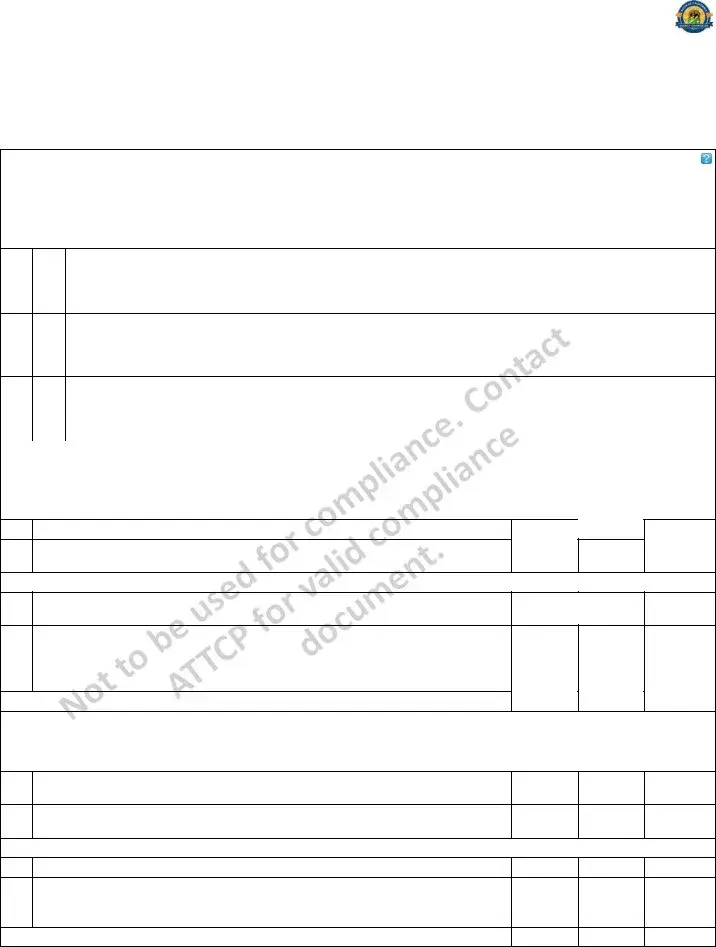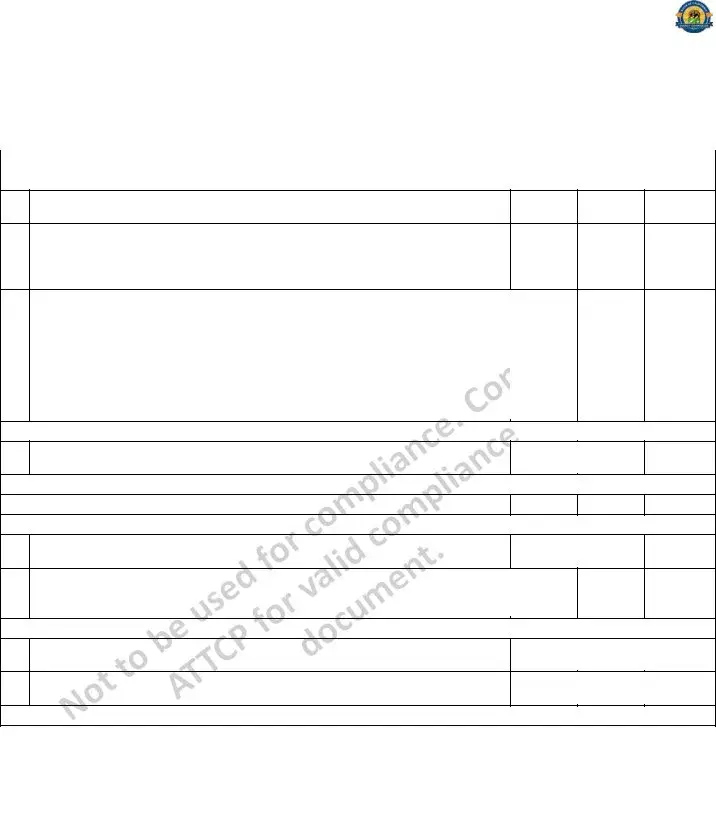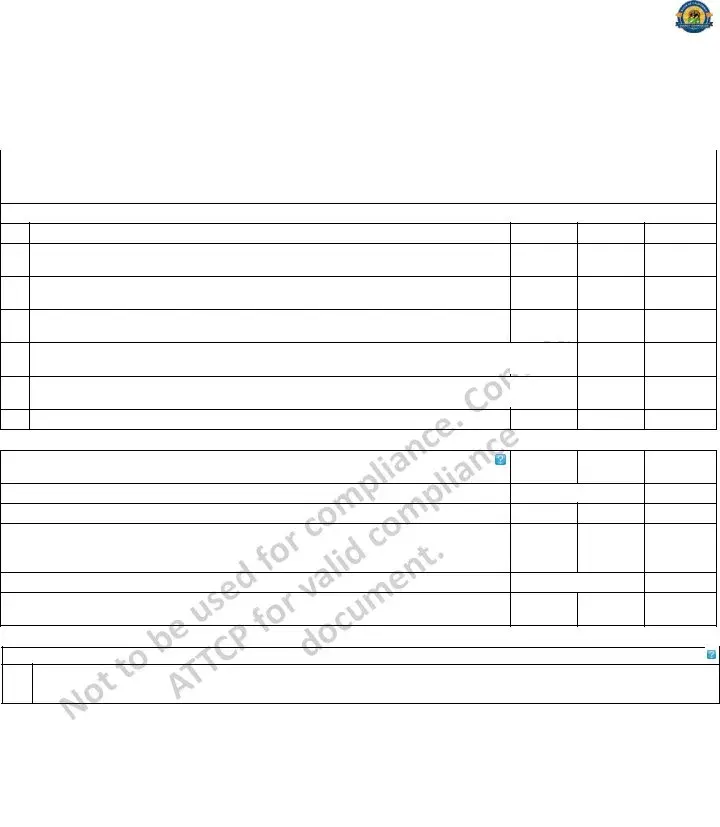It is possible to fill out the nrca lti 02 a form file with our PDF editor. These steps can assist you to easily prepare your document.
Step 1: Click the "Get Form Now" button to begin.
Step 2: You can now edit your nrca lti 02 a form. Our multifunctional toolbar will allow you to insert, erase, adapt, and highlight content as well as carry out other commands.
Fill out all of the following areas to fill in the file:
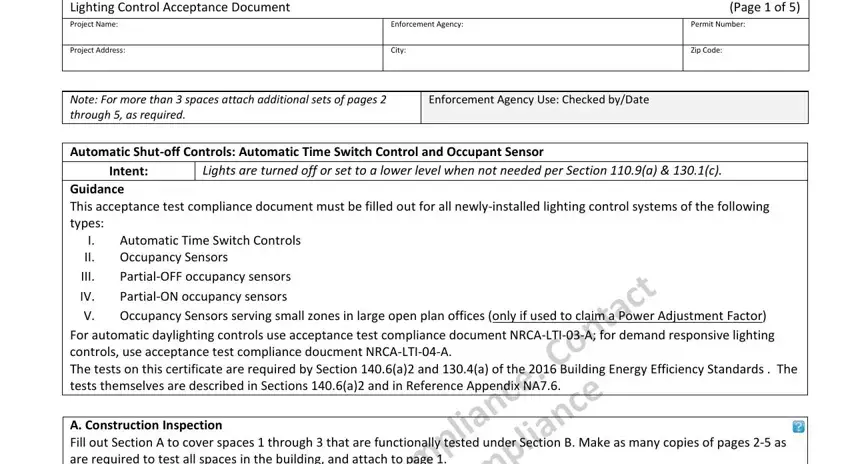
In the part A Construction Inspection Fill out, All automatic time switch controls, Weekdays, Weekend, Holidays, Document for the owner automatic, Weekdays settings, Weekend settings, Holidays settings, Setup settings, Preference program setting, Verify the correct time and date, Verify the battery is installed, Override time limit is no more, and Occupancy Sensor Construction provide the information which the software demands you to do.
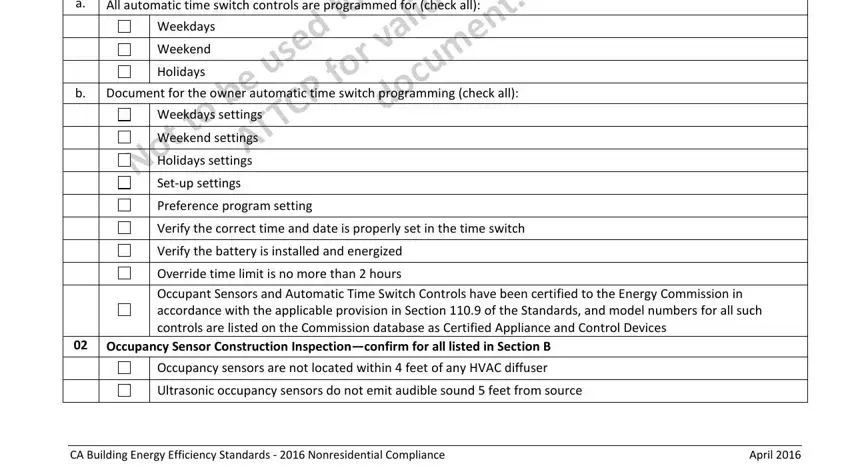
Indicate the vital details in STATE OF CALIFORNIA LIGHTING, Enforcement Agency, Project Address, City, NRCALTIA Page of, Permit Number, Zip Code, B Functional Testing of Lighting, Tested space room name Space Type, Untested areasrooms, Tested space room name Space Type, Untested areasrooms, Tested space room name Space Type, Untested areasrooms, and Functional Tests field.
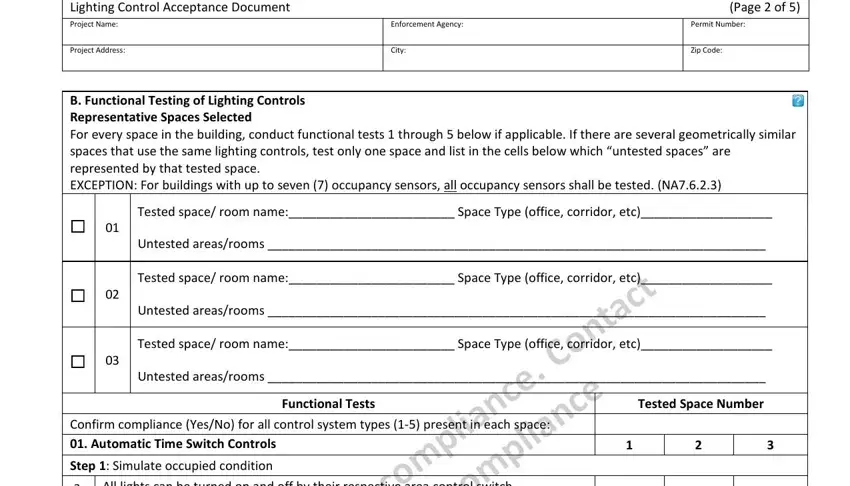
Describe the rights and responsibilities of the parties in the section Step Simulate occupied condition, Verify the switch only operates, Step Simulate unoccupied condition, All lighting including emergency, Step System returned to initial, Occupancy Sensors, Step Simulate an unoccupied, Lights controlled by occupancy, Step Simulate an occupied, Status indicator or annunciator, and Step System returned to initial.
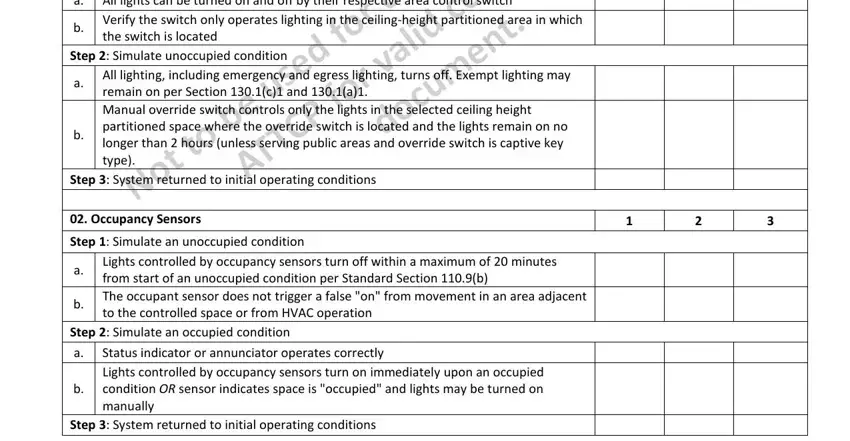
Finalize by reviewing the next areas and typing in the relevant details: STATE OF CALIFORNIA LIGHTING, Enforcement Agency, Project Address, City, Partial Off Occupancy Sensor Step, NRCALTIA Page of, Permit Number, Zip Code, Lights go to partial off state, and No more than of installed.
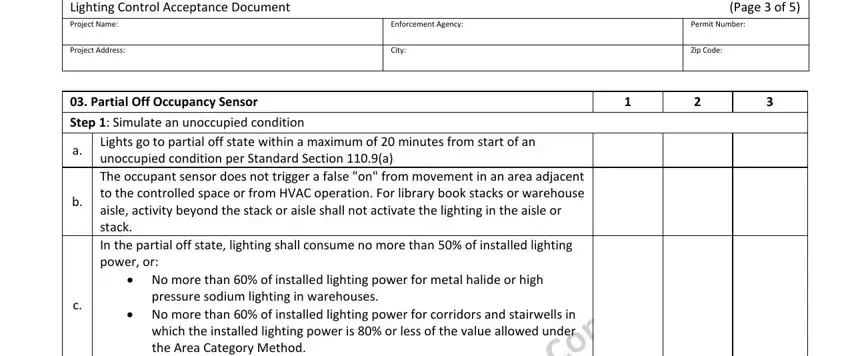
Step 3: After you click the Done button, your finalized file may be exported to any kind of your gadgets or to email provided by you.
Step 4: It is better to prepare copies of the form. You can rest assured that we are not going to distribute or see your data.
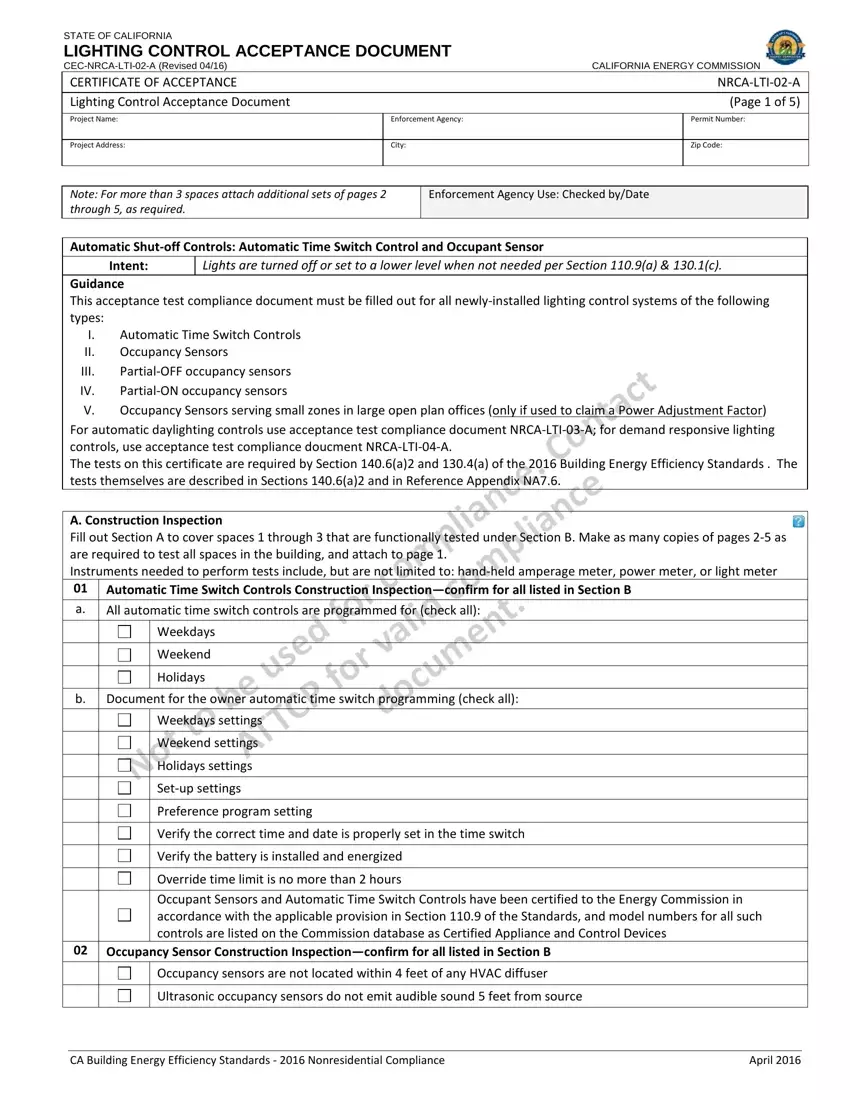
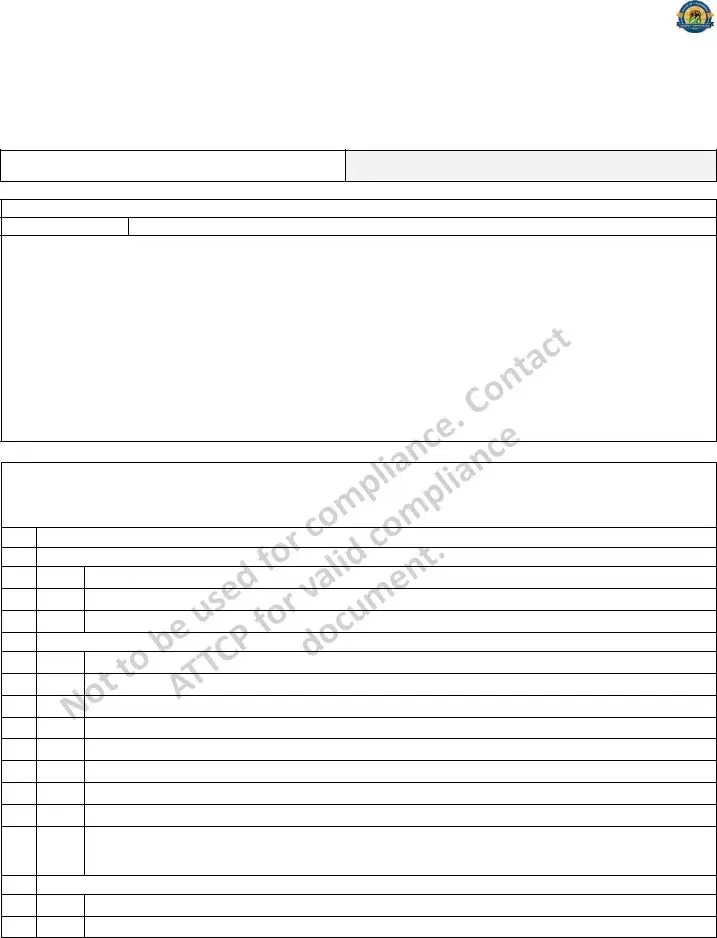
 Fill out Section A to cover spaces 1 through 3 that are functionally tested under Section B. Make as many copies of pages
Fill out Section A to cover spaces 1 through 3 that are functionally tested under Section B. Make as many copies of pages 